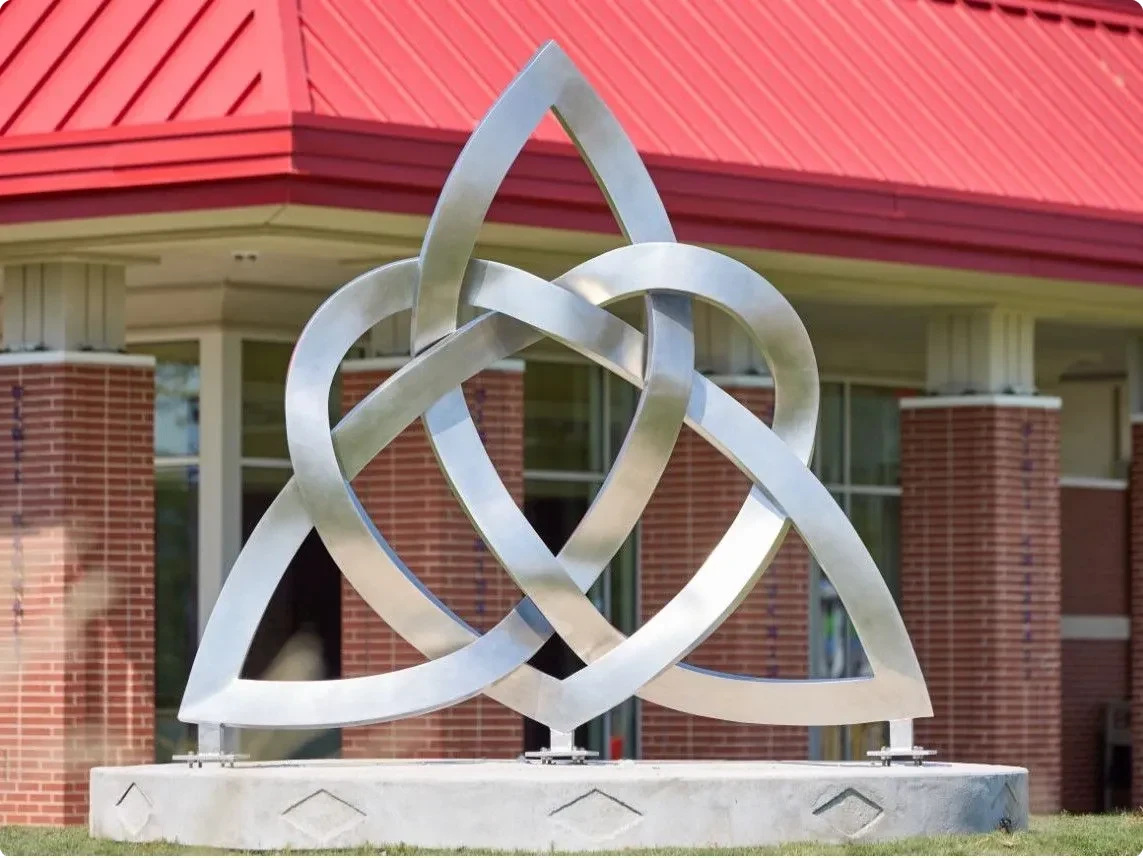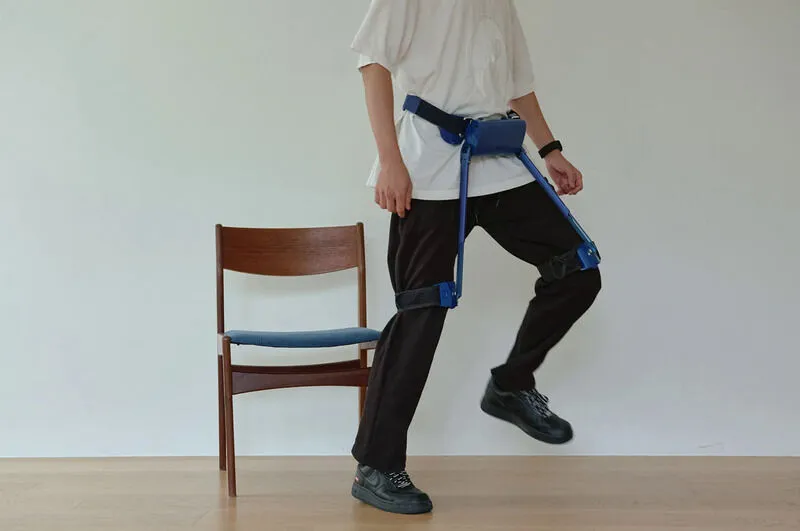Choctaw Nation Unveils Sculpture for the Irish
In Oklahoma’s Choctaw Nation, a powerful new sculpture, “Eternal Heart,” has been unveiled to celebrate a remarkable bond that has endured for over 170 years. The sculpture, a heart intertwined with a Celtic trinity, symbolizes the enduring friendship between the Choctaw Nation and the Irish people.
The story begins in 1847, during Ireland’s devastating Great Famine. Despite having endured their own hardships, including the forced relocation from their ancestral lands, the Choctaw people raised $170 (equivalent to about $5,000 today) to help those suffering in Ireland. Their selfless donation was sent to Midleton, County Cork, a gesture of compassion across oceans and cultural divides.
Nine years ago, a silver monument in Cork was dedicated to commemorate the Choctaws’ generosity, with tribal leaders invited to attend. Choctaw Chief Gary Batton reflected on this unique connection, noting, “The bond between our nations has strengthened over the years,”
This bond was rekindled in 2020 during the COVID-19 pandemic. When the Navajo and Hopi nations faced severe struggles, the Irish people responded by raising $2.7 million through GoFundMe, with many contributors leaving heartfelt messages of gratitude, remembering the Choctaws’ generosity.
One remarkable aspect of this story is that the recipients of the Choctaw donation in 19th-century Ireland were unaware of its source until many years after the famine had ended. To their amazement, the aid came not from their fellow Catholics or countrymen but from the Native American Choctaw Nation—people they knew only from colonial writings and popularized depictions.
In 1995, Irish President Mary Robinson visited the Choctaw Nation to express formal thanks and was even made an honorary Choctaw chief. This visit marked a renewed commitment to this friendship, one that is now immortalized in the “Eternal Heart” sculpture. As sculptor Samuel Stitt said, “The Choctaw culture of giving and caring for others is passed down to each generation. The ‘Eternal Heart’ is an artistic interpretation of how the Irish people and Choctaw Nation will forever be connected by that human characteristic of compassion—one people for another.”




